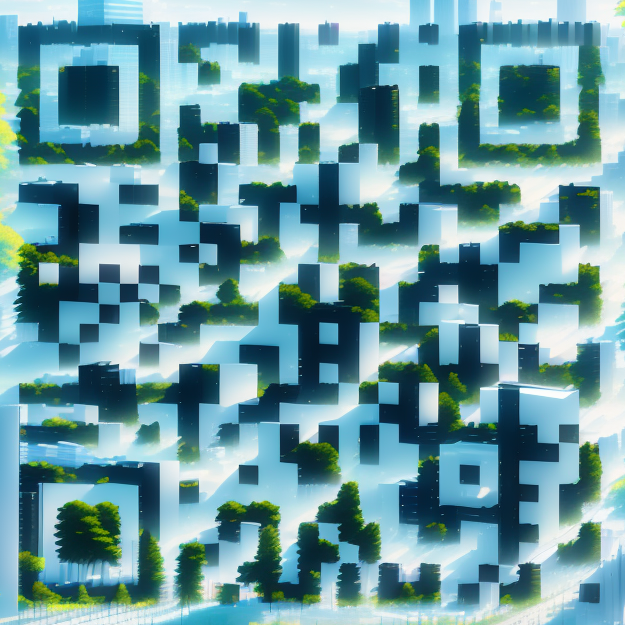paul le quernec completes fleury-sur-orne nursery
Since 1985, the nursery managed by the Maison Départementale de l’Enfance et de la Famille du Calvados (MDEFC) in Caen, France, has been welcoming children, aged 0 to 6 years old, coming from disadvantaged or abusive homes. This temporary placement protects and supports these children dealing with complex, traumatic situations before offering them a lasting solution adapted to their specific needs. Wanting to relocate its premises to a new site, the MDFEC invited Paul Le Quernec Architectes for a consultation back in 2017 to envision a new nursery in Fleury-sur-Orne, just outside Caen.
The resulting design emerges as a village-like complex with cocoon-shaped living units that link to two other buildings. Specifically, the 2,650 sqm site was organized into three structures: a technical building containing various workshops; a logistical building holding administrative departments, medical and parental reception, and laundry and dining services; a building grouping the children’s living areas.
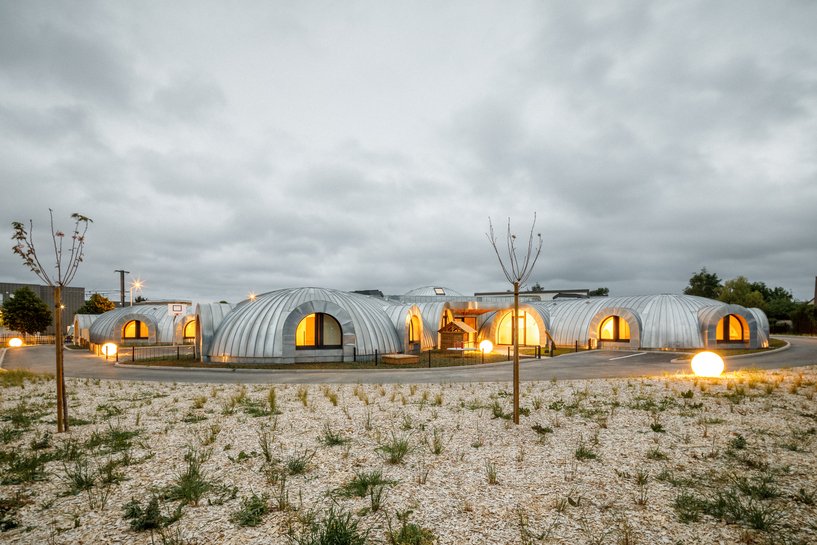
all images courtesy of Paul Le Quernec Architectes
creating a safe and exclusive refuge for children
‘The challenge facing the operation is to ensure the well-being of children whose family settings have been disturbed. To achieve this, the project has been developed to meet three objectives: establish a physical and psychological frontier between the children’s living areas and the rest of the structure; organize the units to create several individual homes while also ensuring their functional interdependence; consider each‘house’as a cocoon,’writes Paul Le Quernec.
Unfortunately, children entering the Fleury-sur-Orne nursery suffered a strained relationship with their parents and, by extension, the world of adults. For this reason, Paul Le Quernec decided to separate the living areas from other functions, which can only be accessed by a walkway crossing over a symbolic void, like a drawbridge reaching over a moat and marking the frontier between the realm of children and that of adults.‘The crossing over this moat is as physical as it is psychological,‘adds the architect.
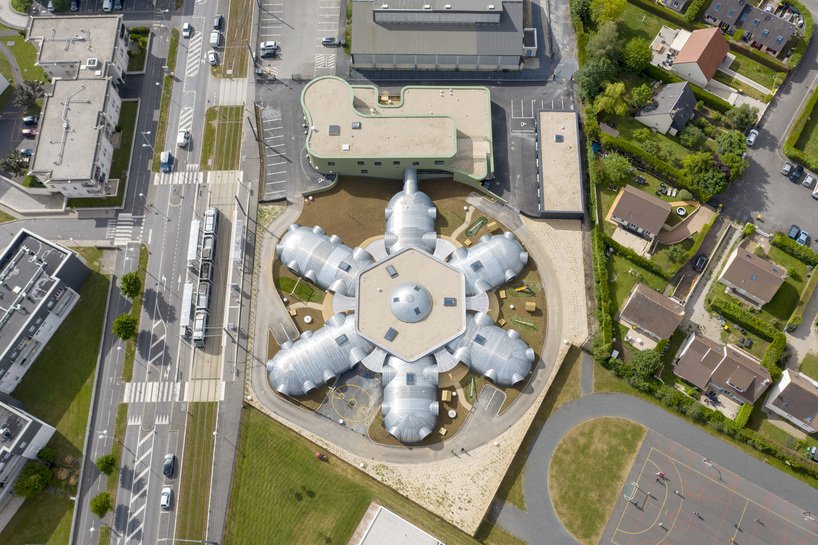
designing cocoon-like living units at Fleury-sur-Orne nursery
Each living unit at the Fleury-sur-Orne nursery appears as a single-story house accessible from outside and inside via a glazed lobby. Open onto two terraces, each house frames charming vistas and invites natural light to pour in.‘This layout also meets hygiene standards by favoring an efficient ventilation system completed by a porthole window positioned on the roof, which encourages the dissipation of hot air during the summer,’shares Le Quernec.
To reinforce a feeling of safety, gentleness and coziness, the living units boast curving and enveloping volumes that recall the safety of warm cocoons, each with dimensions and shapes adapted to the children. Meanwhile, a densely planted strip borders the unit edge to protect children from the exterior urban tumult.
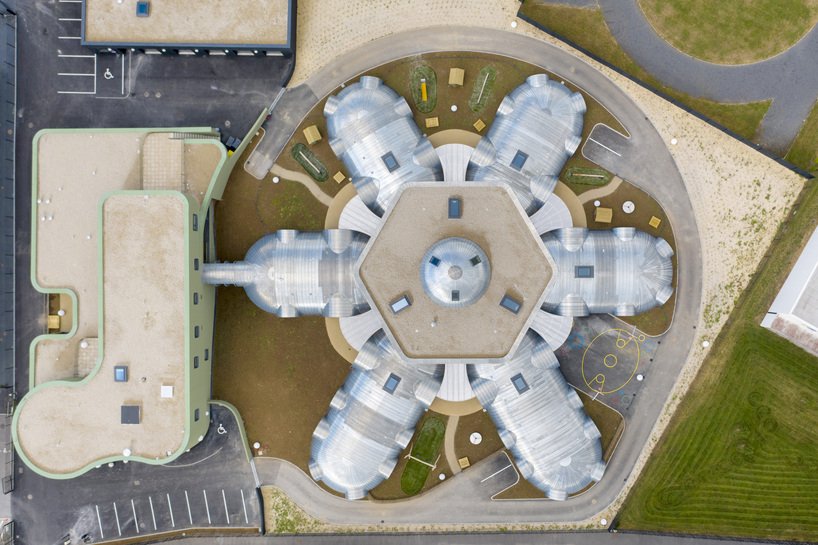
These enveloping cocoons are organized around shared activities spaces, much like a micro-village around a central square. Access to these activity units is voluntarily marked by a route covering a certain length. The intention here is to give children a certain independence, when compared with other units, by designing a‘privileged world hidden away, much like the‘Schtroumpfs’comic strip village,’notes the practice.
Highlighting that impression, the team dug out the floor below the main connection walkway to create a bridge. This passage crosses the shared central block acting as a watchtower, making it possible to supervise all entries and exits. The watchtower leads to a circular area surrounded by living and exterior spaces. In the middle, collective activity units present as an agora with transparent glazing, offering multi-directional views of the outside world.

separating technical functions from the children’s realm
As for the technical and logistics buildings, the architect devised them as purely efficient designs. The main building takes on a rectangular shape that opens onto an enlarged service yard. Its workshops are aligned with one another and are equipped with translucent sectional doors, creating a generously lit and perfectly functional space. Meanwhile, the logistics building reveals a more complex layout as if it offers multiple access points. Its eastern wing spreads over two levels and groups the administrative and medical departments, changing rooms for the in-house staff, and supervised parent/children meeting spaces. Its west wing houses the laundry and dining areas accessible from the inside to in-house personnel.
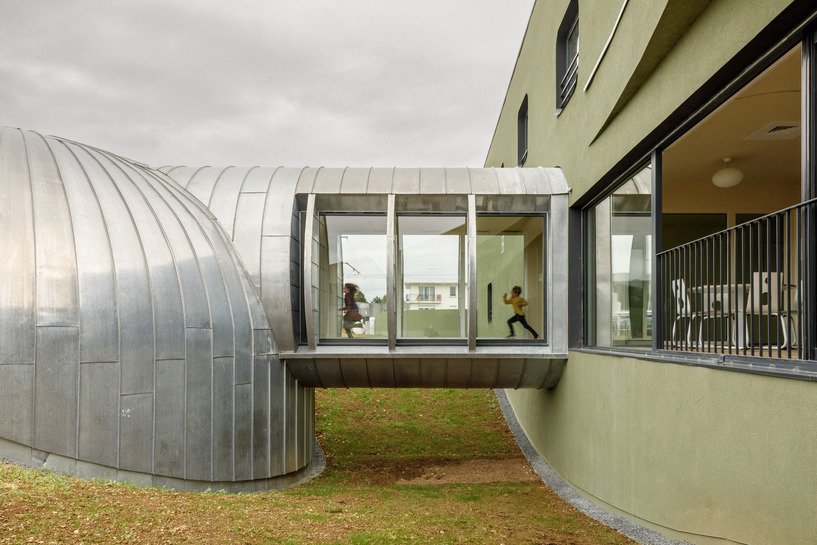
An exact T-shaped circulation layout combines an east/west route sequenced by four controlled access points and a north/south route divided into two access control points leading through to the living areas along a glazed walkway.‘The distances between the departments are reduced to create the shortest routes possible. So, for example, the laundry and restaurant form a junction between the service yard and the nursery that allows in-house personnel to avoid having to exit the building to go from one location to another.’
Finally, the parent/child meeting area has deliberately been positioned next to the entrance. This configuration implies that parents are kept as close as possible to the periphery of the building and enter it as little as possible. Furthermore, children can still feel like their world is considerably‘detached’from this outside world.

‘The project’s singular form might be seen as surprising, but it results from the considerable thought given to the needs of children. We have sought to combine the comfort and privacy of a residence with the fulfillment that a community can offer. In this setting, these children from disadvantaged family environments reveal their desire to bring color back into their lives.“Instead of having parents like everyone else, they will have a house like no other,’concludes the architect.
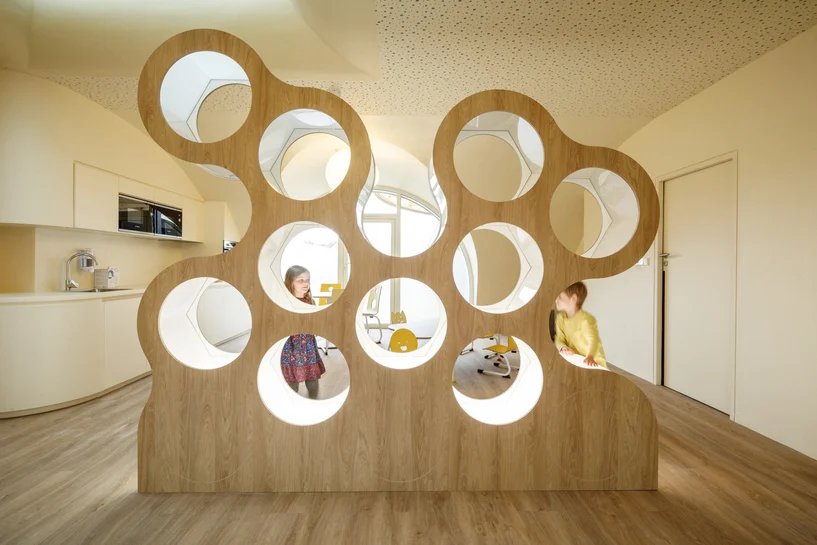

project info:
name: Fleury-sur-Orne nursery
location: Normandy, France
architecture: Paul Le Quernec Architectes | @paullequernec
completion date: April 2022
total area: 2,720 sqm
